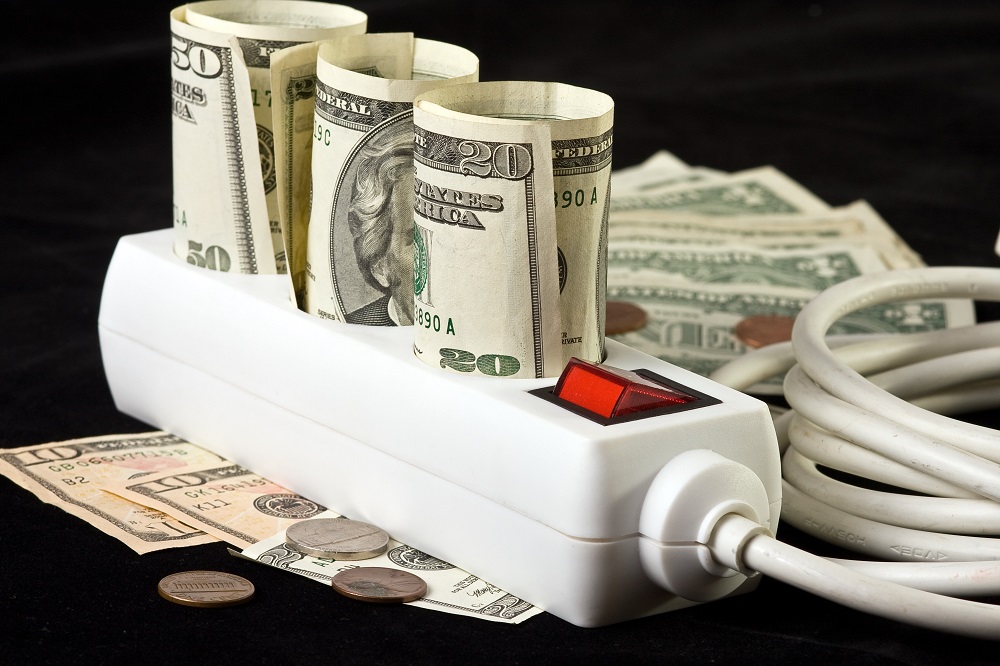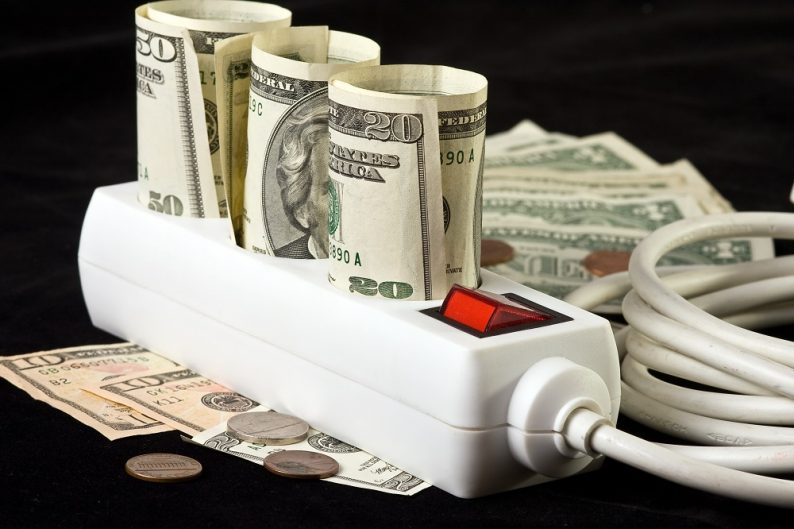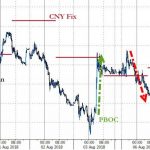
The last time I looked at Southern Company(NYSE: SO), I mentioned that negative free cash flow and a lot of debt put the company at risk for a dividend cut. I also said that Southern Company isn’t alone. Most utilities are in the same situation and have low dividend safety ratings.
Today, only three out of 37 utilities ranked by SafetyNet Pro have “A” ratings. Another six are rated “C”, and the rest have “D” and “F” ratings.
Southern Company, which pays a 5.5% yield, provides electricity and natural gas to more than 9 million customers across seven states.
The problem for Southern Company and most utilities is that it doesn’t generate cash flow. Sure, it’s profitable. Last year, the company earned $3 billion.
But cash flow and earnings are very different. Earnings include all kinds of noncash items.
For example, included in that $3 billion in earnings are things like depreciation and amortization, which have no effect on the amount of cash coming into or leaving the company’s bank accounts.
They are noncash items.
But companies must pay dividends with cash. That is why I look at cash flow and not earnings. Cash flow tells you a company’s real ability to pay a cash dividend because all of the noncash items that are included in an income statement (which tells you how much profit a company earned) are stripped out of a statement of cash flows.
Southern Company’s operating cash flow is at its highest level in a decade. Last year, operating cash flow was $6.4 billion.
However, utilities spend huge amounts of cash on their facilities. On a cash flow statement, this is called “capital expenditures” or “property, plant, and equipment”.
Southern Company spent $7.4 billion last year to maintain and add to its property, plant, and equipment. Free cash flow, which is cash flow from operations minus capital expenditures, is the most conservative metric for counting the amount of cash a company generates from running its business. Southern Company’s free cash flow was negative $1 billion.











Leave A Comment